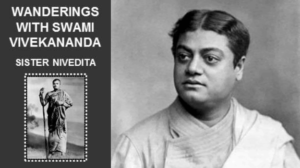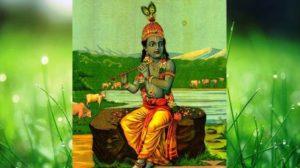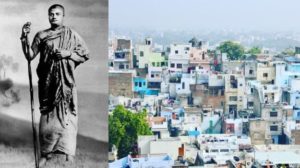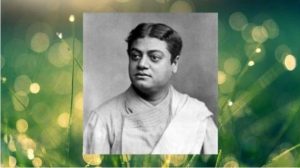12 Memorable Photos from Swami Vivekananda’s stay at Ridgely Manor in the United States, including – 1) The tree under which he meditated; 2) The couch he slept on; 3) The table he ate ice cream at & many more…
During the years Swami Vivekananda spent teaching Vedanta in the US, there were 3 notable occasions when he was invited to be a guest of the Leggett family at their country estate, Ridgely Manor – located in a small town about 2 hours away from New York City.
The Leggett’s were ardent admirers of Swamiji and he spent many weeks at Ridgely, resting and one time even recuperating from an illness, surrounded by his closest friends.
The estate of Ridgley is now a spiritual retreat – lovingly preserved by the monks of the Ramakrishna Mission. Devotees can visit or even stay overnight at Ridgely and benefit from its spiritually charged atmosphere made sacred by Swamiji’s stay.
My best friend, who resides in the US, often visits Ridgely and she sent me some wonderful snaps that capture Swami Vivekananda’s time at Ridgely. I have enclosed them below, along with some beautiful videos created by the resident monk at Ridgely Manor, Pravrajika Gitaprana.
1. Entrance to the Ridgely Retreat
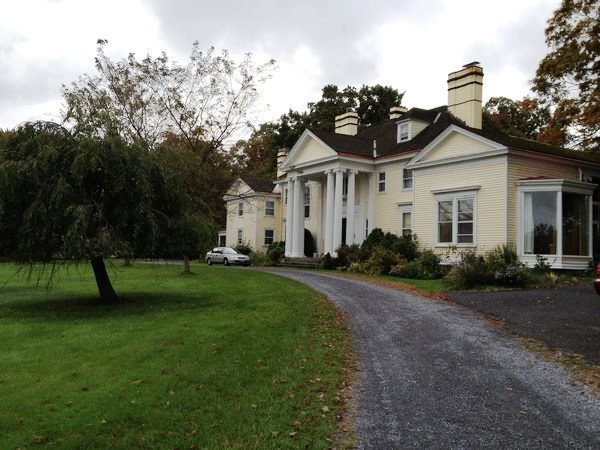
3. Swami Vivekananda’s Signature at Ridgely
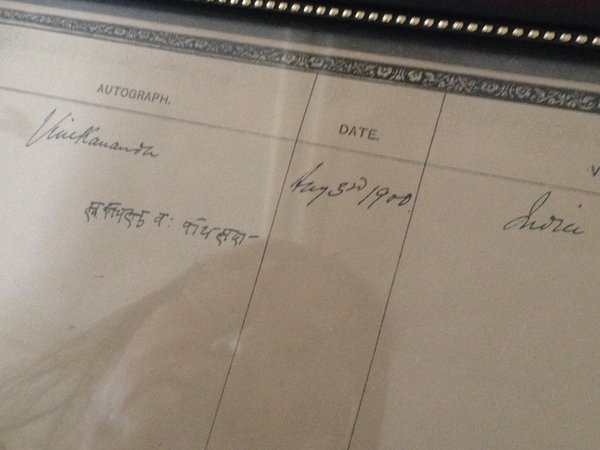
4. Hall Sofa On Which Swami Vivekananda Used to Nap (After Lunch)
While staying as a guest of his American hosts, Swami Vivekananda had a habit of resting on the living room couch after lunch. A very sweet account of this habit has been provided by another American admirer, Mrs Alice Hansbrough, in whose California home Swamiji stayed shortly after leaving Ridgely in 1899:
Swami Ashokananda: ‘Now, what would he do after lunch? Would he go to his room for rest?’
Mrs. Alice. M. Hansbrough: ‘No, he very rarely went to his room after lunch. He would usually recline on the couch in the living room and read there, or talk, or do some such thing.’
Swami Ashokananda: ‘Did Swamiji ever rest during the daytime?’
Mrs. Alice. M. Hansbrough: ‘Yes, when he did not have a lecture or some engagement in the afternoon he took a nap after lunch every day. He would sleep for about two hours.’
Swami Ashokananda (eyes twinkling): ‘And did he ever snore?’
Mrs. Alice. M. Hansbrough (with amusement): ‘No, I never heard him snore.’
– An interview with Mrs. Alice. M. Hansbrough, in the book Reminiscences of Swami Vivekananda.
While at Ridgely, Swami Vivekananda followed a similar routine. Enclosed below is a picture of the green sofa in the Ridgely Manor entrance hall, upon which Swamiji often napped. This sofa has since been preserved as “Swamiji’s Couch.”
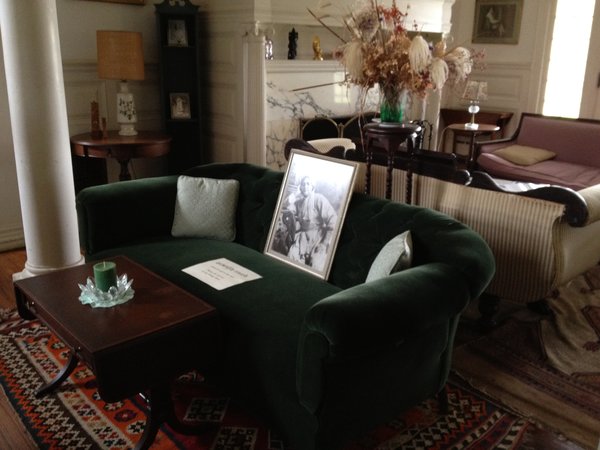
“I can see him now, lying at full length on the green couch in the hall, sound asleep like a tired child. Once I tried to draw his features thus, in absolute repose; the lines of the mouth were so simple and lovely and yet so very difficult!”
– Maud Stumm, an artist and admirer of Swami Vivekananda in the book Reminiscences of Swami Vivekananda.
Here is a video tour of the Ridgely entrance hall and Swamiji’s couch, given by the resident monk at Ridgely – Pravrajika Gitaprana.
5. Library in Which Swami Vivekananda Took Drawing Lessons from Artist, Maud Stumm
“One day he told me that he wanted to undertake some sort of work that would keep his hands busy and prevent him from thinking of things that fretted him at that time — and would I give him drawing lessons?
So materials were produced, and at an appointed hour he came, promptly, bringing to me, with a curious little air of submission, a huge red apple, which he laid in my hands, bowing gravely. I asked him the significance of this gift, and he said, “in token that the lessons may be fruitful” — and such a pupil as he proved to be!
Once only did I have to tell him anything; his memory and concentration were marvellous, and his drawings strangely perfect and intelligent for a beginner. By the time he had taken his fourth lesson, he felt quite equal to a portrait; so… Turiyanananda posed, like any bronze image, and was drawn capitally — all in the study of Mr. Leggett, with its divan for our seat, and its fine light to aid us.
Many great ones may come to that room in its future years, and probably will, but never again that childlike man, toiling over his crayons, with as single a mind and heart as if that were his vocation. How often he thanked me for the pleasure it gave him, and for the joy of learning, even that!”
– Maud Stumm, an artist in the book Reminiscences of Swami Vivekananda.
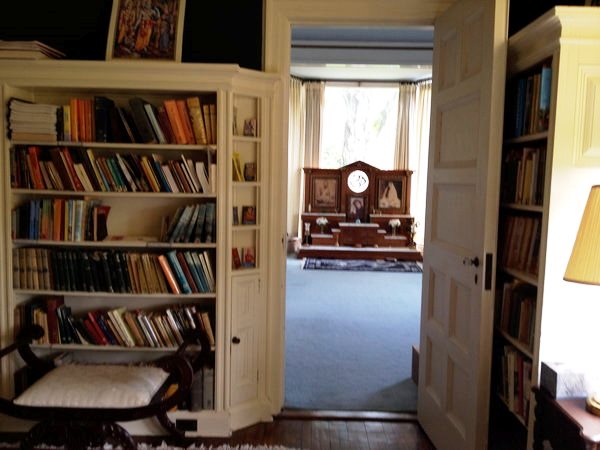
6. Swami Vivekananda’s Bedroom at Ridgely Manor
7. The Morning Room in which Swami Vivekananda Declared “Let Us Be Good for Our Own Sake!”
“There are many memories connected with those days at Ridgely. Nearly every day Swami was wonderful in a new way!
…Once he burst into the morning-room, declaring for “Liberty”: “What do I care if Mohammed was a good man, or Buddha! Does that alter my own goodness or evil? Let us be good for our own sake on our own responsibility! Not because somebody way back there was good!”
– Maud Stumm, in the book Reminiscences of Swami Vivekananda.
8. Dining Room in which Swami Vivekananda Relished Chocolate Ice Cream!
In the Ridgely Manor dining room, Swami Vivekananda always sat beside Mrs. Leggett, whom he called “Mother”.
“How many times I have seen him rise from the table after salad, excusing himself to smoke or walk, when a very quick word from Lady Betty (Mrs. Leggett) that she believed there was to be ice cream would turn him back instantly, and he would sink into his place with a smile of expectancy and pure delight seldom seen on the face of anybody over sixteen. He just loved it, and he had all he wanted too.
– Maud Stumm, speaking of Swami Vivekananda’s love of ice cream in the book Reminiscences of Swami Vivekananda.
Mrs. Leggett’s sister Josephine recalls: “He (Swamiji) particularly liked chocolate ice cream, because, “I too am chocolate and I like it,” he would say.” (Here Swamiji is referring to his skin color which was brown like chocolate.)
– Josephine MacLeod, in the book Reminiscences of Swami Vivekananda.
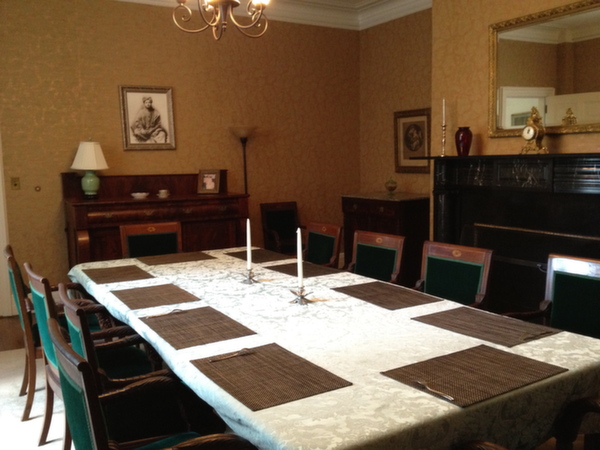
9. Oak Tree Under Which Swami Vivekananda Meditated
While at Ridgely, Swamiji would set out in the morning for a walk around the property and then sit under an oak tree and meditate. The Leggett family called this tree “Swami’s Oak”, in his honour. The original tree from Swami Vivekananda’s time unfortunately died a few years back and another oak has been planted in its place.
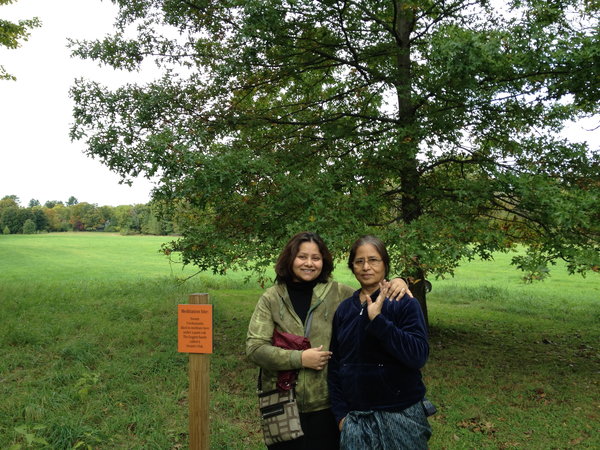
10. Ridgely Lawns Upon Which Swami Vivekananda Walked
“With his flame-coloured robes draped about him, what a figure he was as he strode the lawns of Ridgely! His stride came nearer to the poet’s description of a “step that spurned the earth” than anything I ever expect to see again; and there was a compelling majesty in his presence and carriage that could not be imitated or described.”
– Maud Stumm, in the book Reminiscences of Swami Vivekananda.
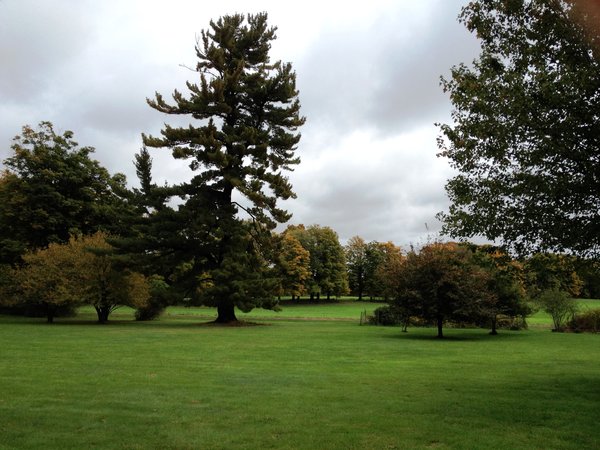
11. Ridgely Shrine Dedicated to Sri Ramakrishna, Sarada Ma and Swami Vivekananda
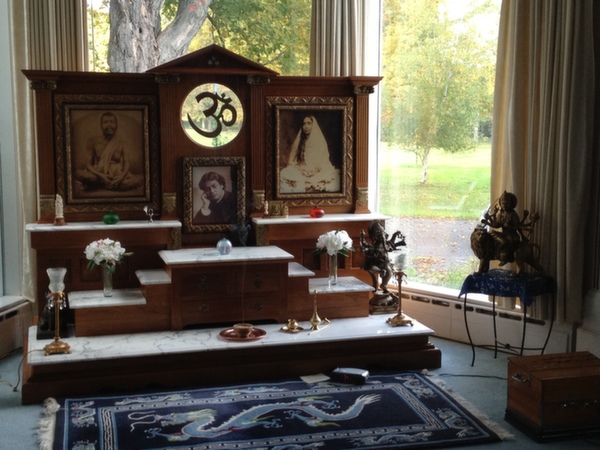
12. Swami Vivekananda Seated on the Back Porch of Ridgely Manor
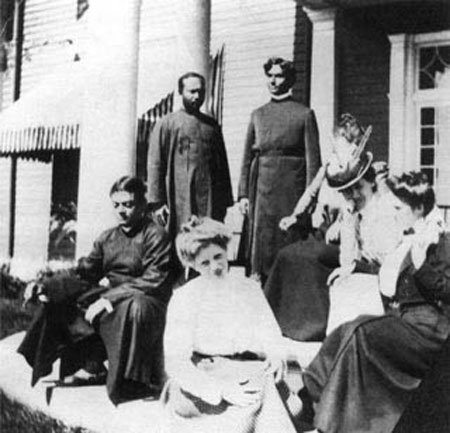
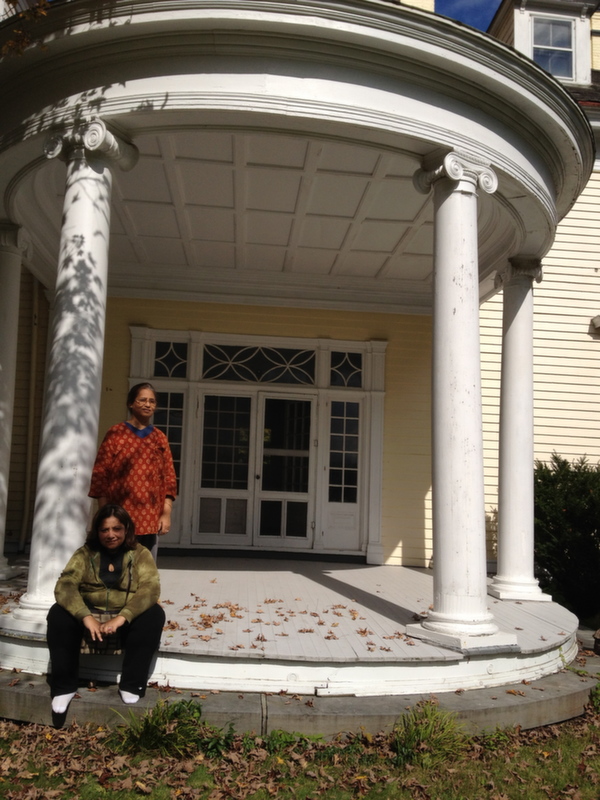
More Photos From The Life of Swami Vivekananda
- Vivekananda PHOTOS: Chicago Hall Where He Gave His 1st Speech – What It Looks Like Now! – Photos from the life of Swami Vivekananda revealing the hall in Chicago, from where he made his famous “Sisters and Brothers of America” speech.
- 5 Amazing Photos and Anecdotes from the Life of Swami Vivekananda – A superb collection of memorable photographs accompanied by enlightening anecdotes and stories from the life of Swami Vivekananda.

